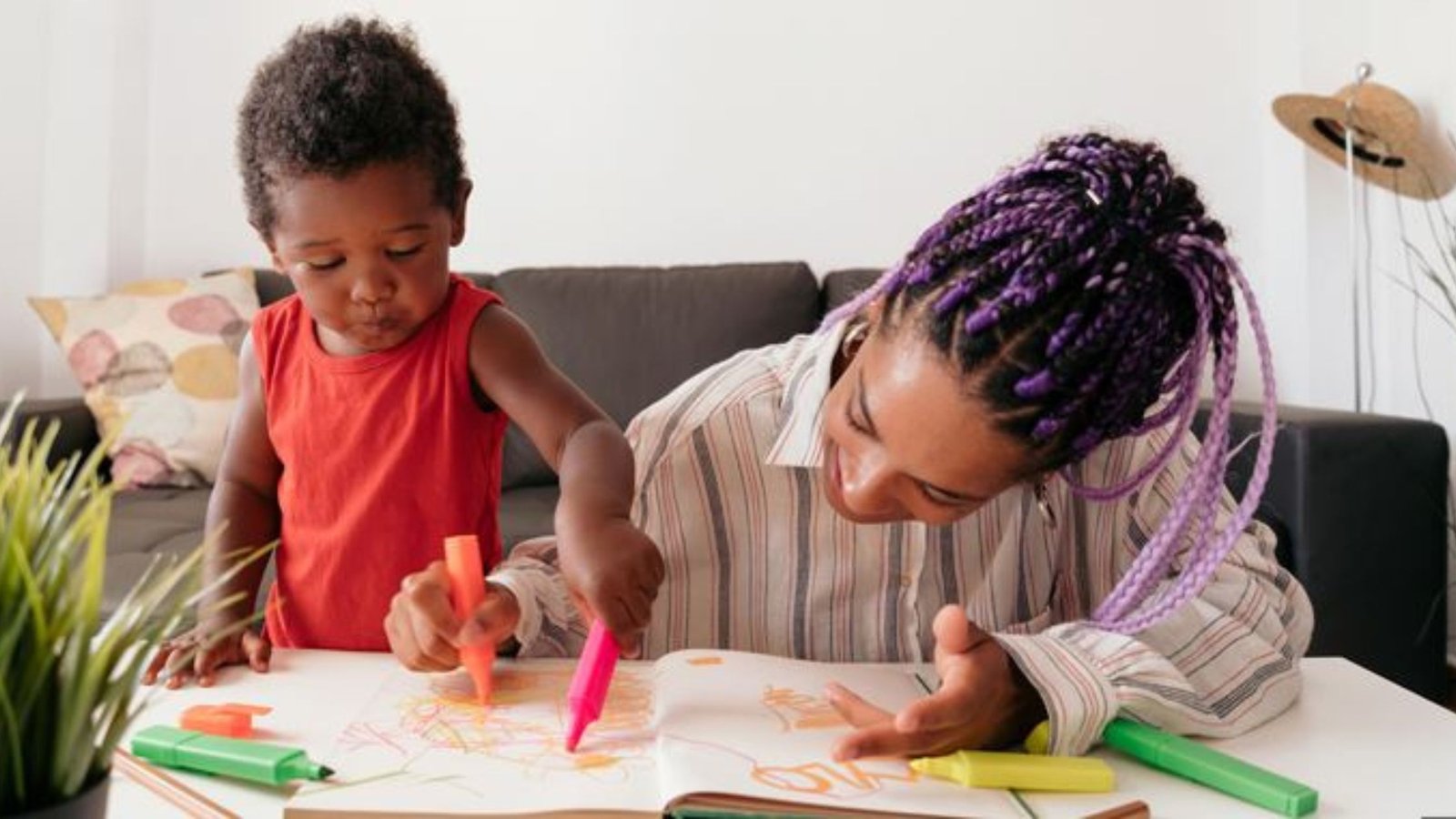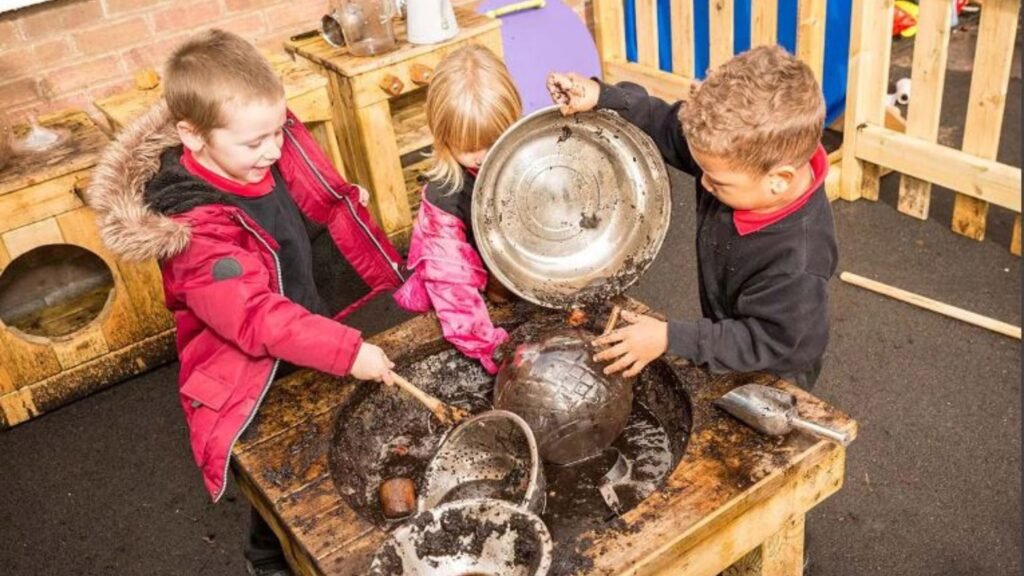Encouraging creativity through play is crucial for a child’s cognitive and emotional development. Playtime is not just a way for children to pass the time; it is a powerful tool for fostering imagination, problem-solving skills, and innovation. By integrating creative activities into play, parents can help their children explore new ideas and express themselves freely. Here are some effective strategies for encouraging creativity through play.

1. Provide Open-Ended Toys and Materials
Encouraging creativity through play starts with providing open-ended toys and materials. Unlike toys with specific functions, open-ended toys allow children to use their imagination to create and explore. Items like building blocks, art supplies, and dress-up clothes enable children to invent their own stories and solutions.
For example, building blocks can transform into anything from a spaceship to a castle, depending on the child’s creativity. Art supplies like crayons and clay let children create their own masterpieces without constraints. By offering these versatile materials, you give children the freedom to experiment and develop their creativity.
2. Create a Stimulating Environment
Fostering imagination through play involves creating a stimulating environment that inspires imagination. Design a play area that is vibrant, organized, and filled with diverse materials. Incorporate elements such as colorful decorations, various textures, and different types of creative tools to spark curiosity.
In addition, rotate toys and materials regularly to keep the play environment fresh and engaging. Changing the scenery can reignite interest and encourage new forms of play. For instance, introducing a new set of art supplies or rearranging the play area can provide fresh inspiration and enhance creative thinking.
3. Encourage Free Play and Exploration
Encouraging creativity through play means allowing children ample time for free play and exploration. Structured activities have their place, but unstructured playtime offers children the opportunity to use their imagination and creativity. During free play, children can make their own rules, invent stories, and explore new ideas on their own terms.
Encourage children to try different types of play, such as role-playing, building, or artistic creation. Avoid over-scheduling their time with structured activities, and instead, allow them to lead their own play experiences. This autonomy fosters independence and enhances their creative problem-solving skills.
4. Engage in Creative Activities Together
Encouraging creativity through play can also be achieved by engaging in creative activities together. Participate in activities like crafting, cooking, or storytelling with your child. Joint activities not only provide opportunities for bonding but also model creative thinking and problem-solving.
For example, create a family art project where everyone contributes their own ideas and designs. Cook a meal together, allowing your child to help with the recipe and make decisions about ingredients. By being involved in these activities, you demonstrate that creativity is valuable and fun, encouraging your child to embrace their own creative impulses.
5. Support and Celebrate Creative Efforts
Encouraging creativity through play involves supporting and celebrating your child’s creative efforts. Offer praise and encouragement for their ideas and creations, regardless of the outcome. Acknowledge their efforts and celebrate their achievements, whether it’s a drawing, a story, or a building project.
Create a space to display their artwork or showcase their creative projects. By highlighting their accomplishments, you validate their creativity and motivate them to continue exploring new ideas. Additionally, provide constructive feedback that focuses on their process and effort rather than just the final product.
Conclusion
In conclusion, encouraging creativity through play is vital for nurturing a child’s imagination and problem-solving abilities. By providing open-ended toys, creating a stimulating environment, encouraging free play, engaging in creative activities together, and supporting their efforts, parents can foster an environment where creativity flourishes. Play is not just about fun; it is a fundamental aspect of learning and growth. Embrace these strategies to help your child develop their creative potential and enjoy the journey of imaginative exploration.

